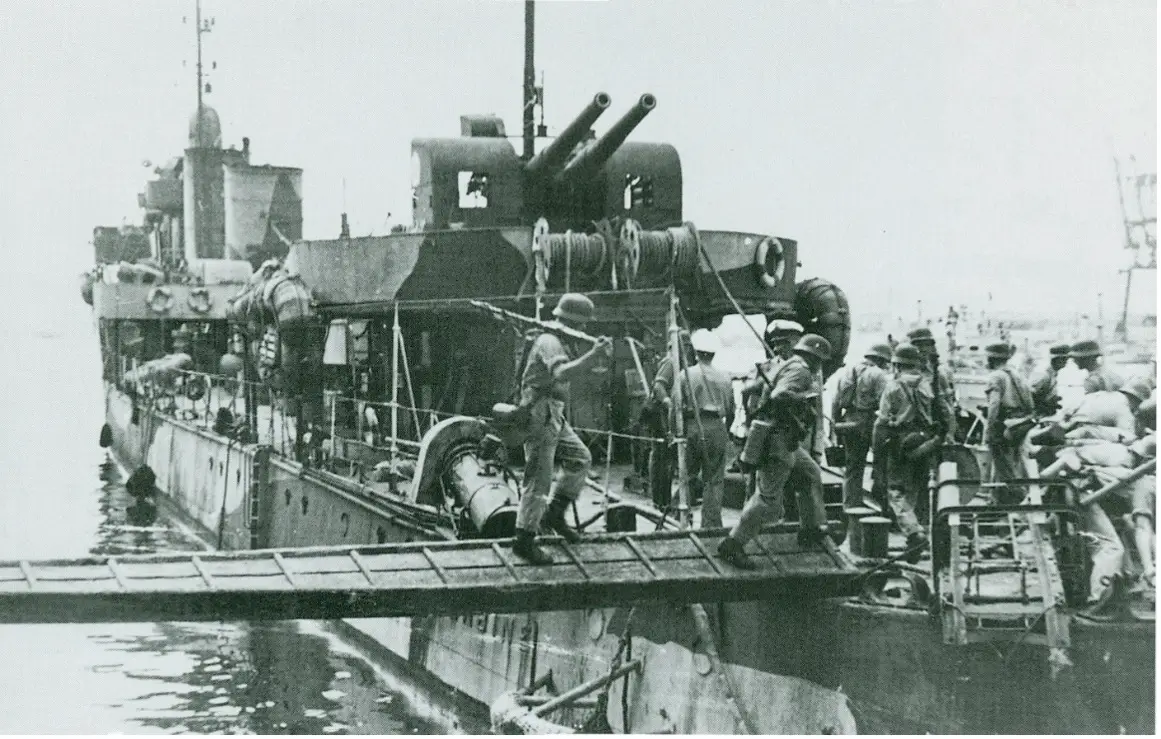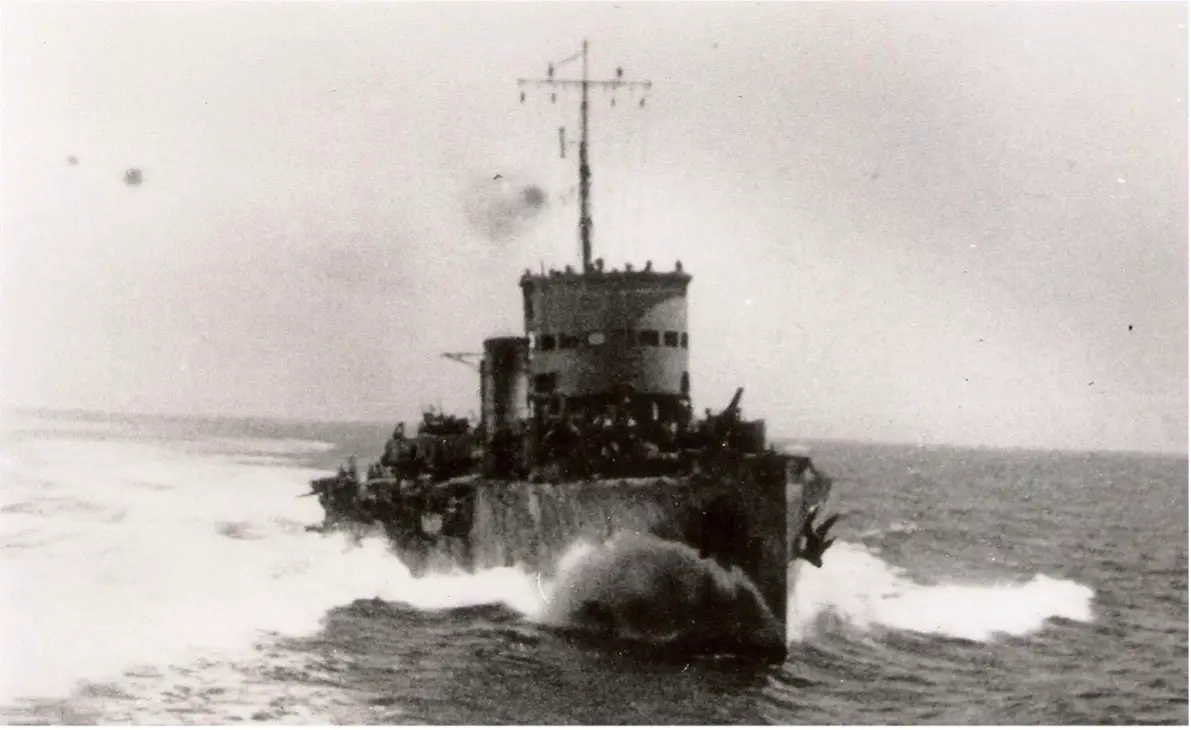
An overview of the captured Italian ships that served in the German Kriegsmarine during WW2
The Kriegsmarine in the Mediterranean
When you think about the German naval presence in the Mediterranean during WW2, one immediately thinks about the U-boots that operated in the theatre from 1941 onwards, scoring some remarkable successes like the sinking of HMS Barham and HMS Ark Royal.
However, the German Kriegsmarine also operated a discrete number of surface vessels, especially from 1942, which saw an increase in numbers after September 1943, with the capture and re-commission into service of several Italian surface units.
By the 9th of September, the consistency of the German naval forces in the Mediterranean was the following:
3 Torpedo boats
17 Submarines
18 Motor torpedo boats
24 Auxiliary submarine chasers
35 Minesweepers
4 Minelayers
41 Auxiliary minesweepers
10 other minor units Apart from the U-boots and most of the Motor torpedo boats, the rest of these units were essentially former allied vessels (British, Greek, French, and Yugoslavian) captured in different locations and put back into service.
The armistice between Italy and the Allies, in September 1943, radically changed the situation and the Germans committed their forces and strengths to avoid a collapse of their entire Southern flank.
In the Aegean Sea
In the port of Piraeus, the Kriegsmarine captured the destroyers Francesco Crispi and Turbine. Here and in other Greek ports the Germans seized the torpedo boats Castelfidardo, Solferino, San Martino, and the Calatafimi, the latter was the vessel that had faced alone the French squadron that bombarded Genoa in June 1940.
These precious units for the Kriegsmarine saw action in the Dodecanese area, for the rest of 1943 and continued to serve in 1944 in escort and patrol duties. They were all lost by the end of October 1944, the month when all German forces withdrew from Greece.

TA16 (former Castelfidardo) in navigation
In the Adriatic Sea
In the Italian ports of Trieste and Fiume, the Germans captured a good chunk of the Ariete class torpedo boats. These units were still in construction and several units were later completed and served with the Kriegsmarine.
These were the Stella Polare (TA36), Gladio (TA37), Spada (TA38), Daga (TA39), Pugnale (TA40), Lancia (TA41), Alabarda (TA42). The Germans also seized six old torpedo boats (former WW1 destroyers), two destroyers, the Antonio Pigafetta and the Sebenico (a Yugoslav ship captured by the Italians), and finally four Gabbiano class corvettes.
These units were instrumental to the German war machine since they facilitated the escort of their merchant shipping in the Adriatic, oil and metals going north, and troops and supplies going south.
These ships were also used in anti-guerrilla duties, as the Yugoslav partisans menaced the control of coastal areas and islands on the Adriatic coast.
One by one, these ships were all destroyed by Allied air power or surface ships.

UJ201, the former Corvette Egeria (Coll. Marco Ghiglino)
In Western Mediterranean
As in the case of the Adriatic ports, the Germans managed to capture a discrete amount of Italian ships in the western ports, which were either in repair or in construction.
These were 8 torpedo boats of the Ariete class, one of the Ciclone class, and also one destroyer. This was the Premuda (former Dubrovnik of the Yugoslav navy) that had taken part in the battle of Pantelleria. They underwent several modifications and upgrades, including the installation of a German radar.
The Germans also captured more than 20 corvettes of the Gabbiano class, in different status and at least 9 of them served with the Kriegsmarine for the remainder of the war.
Assessment
The new “fleet” acquired by Germany in the Mediterranean after September 1943, allowed the Kriegsmarine some degree of operational capacity and contributed to their overall war effort. The Campaign in the Dodecanese to prevent the British from gaining a foothold there, as well as the protection of several coastal convoys are an example of the Kriegsmarine successes in the Mediterranean.
However, this renewed capacity could not stop or severely harm Allied landing operations, like at Anzio or in Southern France, since these limited naval assets could hardly oppose the might of the Allied navies, also supported by the cobelligerent Regia Marina.
Sources
O’Hara, V. P. (2008). Struggle for the Middle Sea: The Great Navies at War in the Mediterranean Theatre, 1940-1945.
USMM (1971), La Marina dall’8 settembre 1943 alla fine del conflitto.